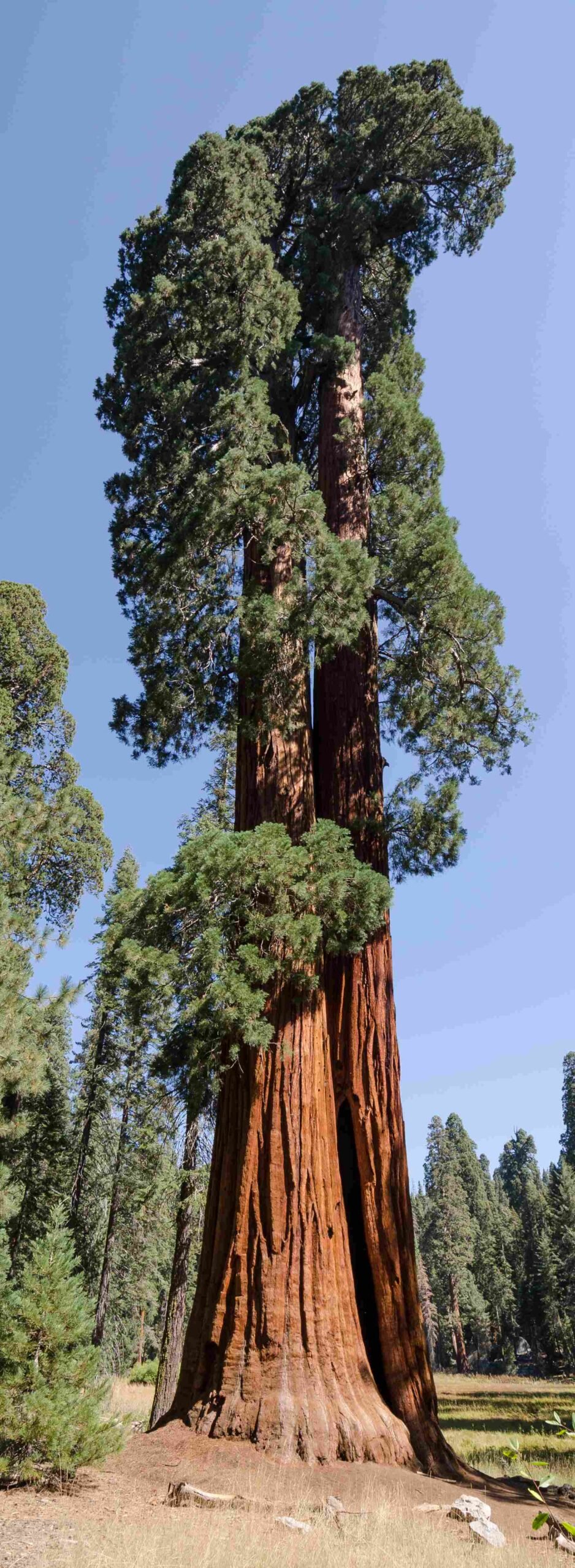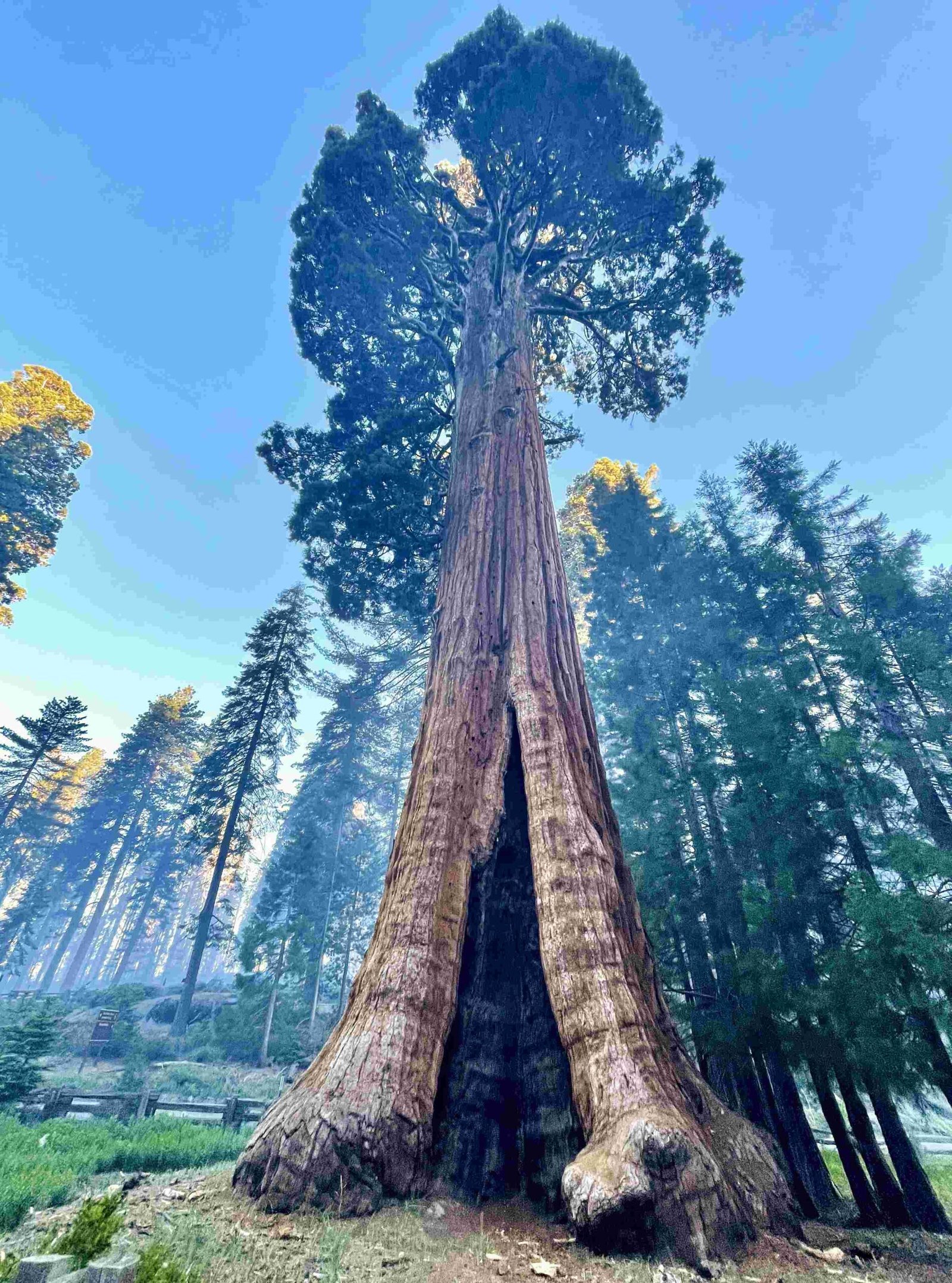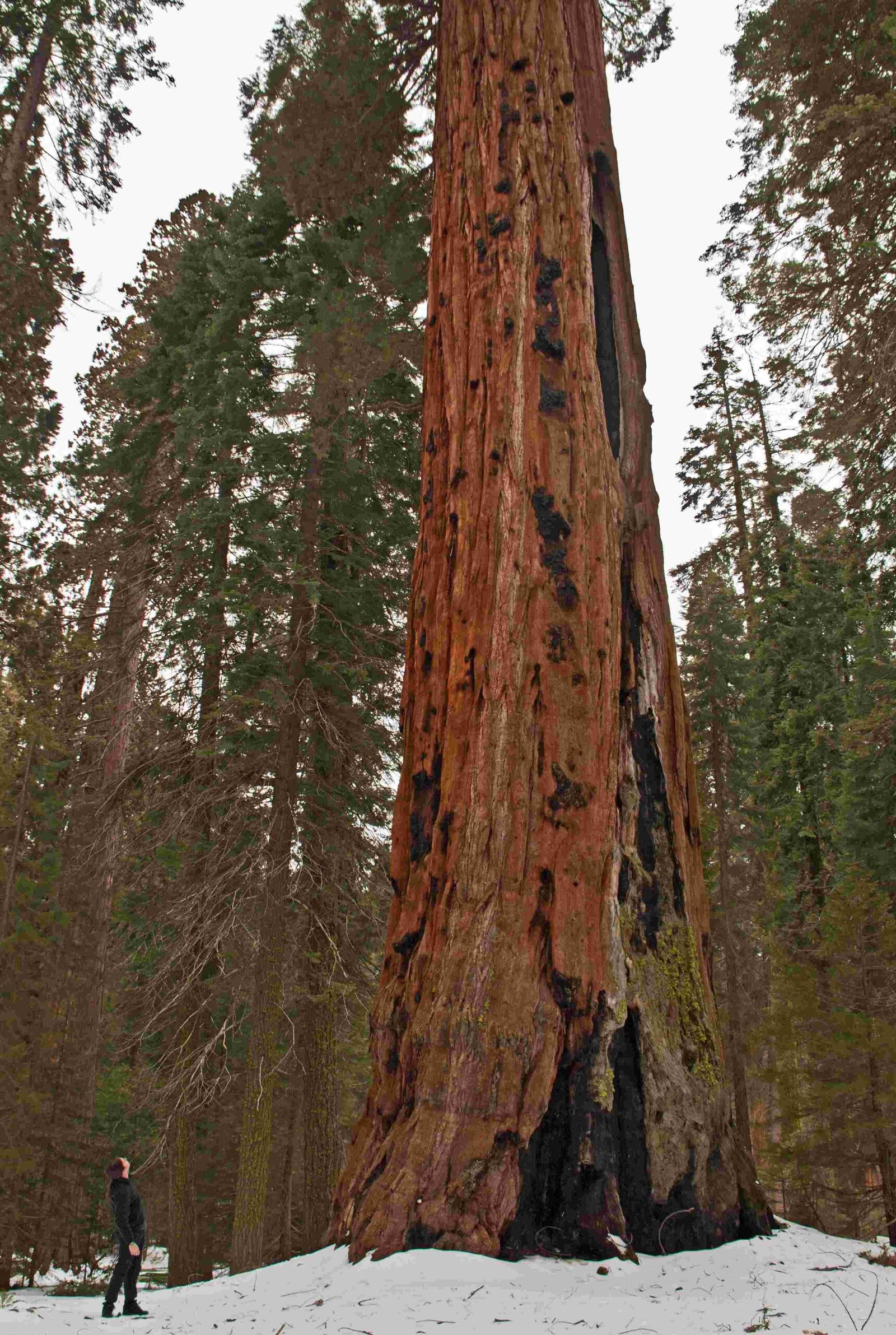The Redwood Forest and Sequoia National Park are often confused due to their similar giant trees, but they are distinct locations with unique characteristics. While both are home to towering trees, they differ in location, tree species, and ecosystems. This article explores the key differences between these two iconic natural wonders, clarifying their unique features and dispelling common misconceptions.
Where are the Redwood Forest and Sequoia National Park Located?

The Redwood Forest, officially known as Redwood National and State Parks, is located in Northern California along the coast. In contrast, Sequoia National Park is situated in the Southern Sierra Nevada mountains, east of Visalia, California. These locations are separated by hundreds of miles and offer vastly different landscapes and climates.
Redwood National and State Parks
- Location: Northern California coastline
- GPS Coordinates: Latitude: 41.213181, Longitude: -124.004631
- Proximity: About 200 miles north of San Francisco
Sequoia National Park
- Location: Southern Sierra Nevada mountains
- GPS Coordinates: Latitude: 36° 47′ 59.99″ N, Longitude: -118° 55′ 59.99″ W
- Proximity: Near the town of Three Rivers, contiguous with Kings Canyon National Park
What are the Main Differences Between Redwood and Sequoia Trees?

While both redwoods and sequoias are impressive in size, they have distinct characteristics:
| Characteristic | Coastal Redwoods | Giant Sequoias |
|---|---|---|
| Height | Up to 380 feet (Hyperion) | Up to 311 feet (General Sherman) |
| Trunk Diameter | 13-20 feet | Up to 36 feet |
| Bark Texture | Fibrous, up to 12 inches thick | Spongy, up to 24 inches thick |
| Lifespan | Up to 2,000 years | Up to 3,000 years |
| Location | Coastal regions | Mountain regions |
Coastal Redwoods (Sequoia sempervirens)
- Found in Redwood National and State Parks
- Known for their extreme height
- Thrive in coastal fog environments
Giant Sequoias (Sequoiadendron giganteum)
- Found in Sequoia National Park
- Known for their massive trunk volume
- Adapted to high-altitude mountain climates
What Unique Features Does Sequoia National Park Offer?
Sequoia National Park is renowned for its giant sequoia groves and diverse landscapes:
- Home to five of the ten largest trees in the world by volume
- Features the General Sherman Tree, the largest tree on Earth by volume
- Contains Mount Whitney, the highest peak in the contiguous United States
- Offers a range of hiking trails from easy walks to challenging backcountry routes
- Provides opportunities for stargazing, wildlife viewing, and rock climbing
Notable Trails in Sequoia National Park
- Generals Highway: Connects major attractions
- Congress Trail: Easy 2-mile loop through Giant Forest
- High Sierra Trail: Challenging 72-mile trek to Mount Whitney
How Do the Ecosystems of Redwood Forest and Sequoia National Park Differ?
The ecosystems of these two areas are distinctly different due to their geographical locations:
Redwood Forest Ecosystem
- Coastal environment with high humidity and fog
- Temperate rainforest climate
- Home to diverse understory plants adapted to low light
- Supports species like Roosevelt elk and marbled murrelets
Sequoia National Park Ecosystem
- High-altitude mountain environment
- Mediterranean climate with dry summers and snowy winters
- Diverse habitats ranging from foothills to alpine zones
- Supports wildlife such as black bears, mule deer, and over 200 bird species
What Activities Can Visitors Enjoy in Each Park?
Both parks offer a range of activities, but with some differences:
Redwood National and State Parks
- Scenic drives through towering redwoods
- Coastal hiking and beach exploration
- Kayaking and canoeing in rivers and lagoons
- Whale watching (seasonal)
Sequoia National Park
- Giant sequoia grove tours
- High-altitude hiking and backpacking
- Rock climbing and bouldering
- Winter activities like cross-country skiing and snowshoeing
How Do Visitor Facilities Compare Between the Two Parks?
Both parks provide visitor amenities, but with some distinctions:
Redwood National and State Parks
- Multiple visitor centers along the coast
- Campgrounds nestled in redwood groves
- Limited lodging options within the park boundaries
Sequoia National Park
- Lodgepole Visitor Center and Giant Forest Museum
- Various campgrounds at different elevations
- Wuksachi Lodge for in-park accommodations
What are the Best Times to Visit Each Park?
The ideal visiting times differ due to their distinct climates:
Redwood National and State Parks
- Year-round accessibility
- Summer offers warmer temperatures and less rainfall
- Winter provides opportunities for storm watching and solitude
Sequoia National Park
- Summer and early fall for full accessibility
- Winter for snow activities, but with limited road access
- Spring for wildflower blooms in lower elevations
In conclusion, while the Redwood Forest and Sequoia National Park both showcase magnificent trees, they are separate and unique destinations. The Redwood Forest is home to the world’s tallest trees in a coastal setting, while Sequoia National Park boasts the largest trees by volume in a mountain environment. Each offers distinct ecosystems, activities, and experiences, making them both worthy of separate visits for nature enthusiasts and travelers alike.
References:
1. Redwood National and State Parks, CA, USA
2. Sequoia National Forest
3. General Sherman Tree
4. Sequoia and Kings Canyon National Parks
5. Save the Redwoods League

